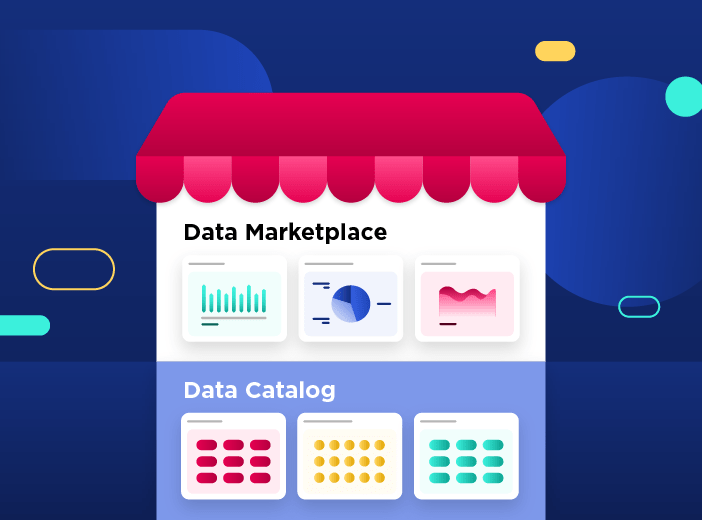Data projects
Ready to dive in?
Book your live demo Today
+3000
+25
Countries
8.5/10
Overall satisfaction rating from our customers
[Webinar] Maximizing data value: How data products and marketplaces accelerate data consumption for business users
Register for the webinarA data asset inventory (DAI) is a structured catalog that finds, lists and details all of an organization’s data, aiding compliance and data security. This includes internal and external data, its location, sensitivity and importance, along with descriptive metadata.
To be successful, a data asset inventory has to be:
It includes information such as:
A data asset inventory is a key component of an organization’s data asset management and overall data management strategies. The GDPR requires that organizations deploy a data asset inventory to achieve compliance.
A data asset inventory delivers both reactive benefits (such as compliance/risk management) and proactive advantages (including supporting digital transformation and increased data consumption). Overall it allows organizations to:
These processes can be carried out manually, or through specialist automated software tools.
There can be confusion between the relative roles of the data asset inventory, data asset management and a data catalog within the data stack. Each has a specific function and brings its own value to wider data management.
A data asset inventory lists and details the type and location of each data asset in an organization. It primarily serves as a source for compliance and risk management, providing a high level overview of all data. It includes the technical metadata for each data asset.
A data catalog is the next step above a data asset inventory, organizing the contents of the data asset inventory in a centralized platform with the aim of aiding search, discovery, management and the greater usage of data. While still aimed at technical users, it is more user-friendly and searchable to help with data discovery. Alongside technical metadata, it also includes business, operational and social metadata, as well as information around data lineage and data quality.
Data asset management is the overall process of organizing, managing and optimizing data assets to drive business value. A data asset inventory is one of the first steps in successful data asset management, while a data catalog is a more searchable and usable, higher level solution. Both a data asset inventory and a data catalog are part of the data asset management stack.

As Chief Data Officer (CDO), you lead and shape your organization's data strategy. However, given the increasing complexity of data flows, evolving regulations and the growing pressure to generate value from data, your tech stack needs to be comprehensive and robust.
 Data Marketplace
Data Marketplace
Today’s enormous growth in data volumes brings a new challenge for businesses – how can they harness and use this data at scale? Organizations are therefore looking for solutions that can transform their data assets by making them available and useful, accelerating and improving performance to benefit the entire business.

Organizations now generate an enormous range of data assets across their operations and departments. Harnessing this data successfully starts with understanding what data is available and where it is located through centralized data catalogs. This blog explains what they are and how they can benefit businesses.